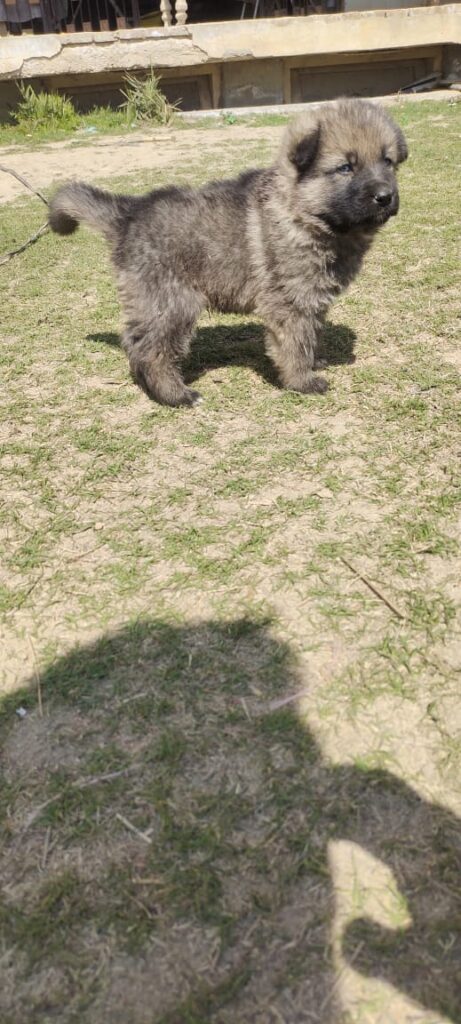It’s a pleasure to bring a new puppy into your home, but the 2 week puppy Training is crucial to the happiness of both the puppy and the human. In this article, we’ll go over every detail of a 2 week puppy training program, offering insightful knowledge and professional advice to guarantee you a happy and well-behaved pet.
Creating the Right Environment
1. Creating a Puppy Shelter
The first stage to a successful 2 week puppy training program is setting up a comfortable and learning environment. Set aside a room with comfortable bedding, entertaining toys, and convenient access to a designated bathroom. This gives your dog security and lays the groundwork for successful training.
2. Establishing a Regular Schedule
Establish a schedule that consists of daily walks, feeding times, and playtimes. A well-planned timetable facilitates faster learning and a sense of security in your 2 week puppy by assisting with understanding expectations.

Positive Reinforcement Techniques
1. Treats and Affection as Rewards
Favorable reinforcement has a very favorable effect on puppies. Reward your dog with affection and treats when he performs desired actions. This not only makes your relationship with your pet stronger, but it also encourages them to behave well all the time.
2. Verbal Appreciation for Motivation
During the 2 weeks of puppy training, verbal praise is just as important as treats. When complimenting your dog for appropriate conduct, use a steady, upbeat tone. This verbal encouragement reinforces positive habits, expediting the learning process.
Practical Training Techniques
1. Training with a Leash for Bonding and Control
A basic skill is teaching your puppy how to walk on a leash. Include leash training in your regular walks to help your dog walk peacefully beside you. This promotes control and rewards appropriate behavior in addition to offering physical activity.
2. Socialization to Become a Well-Rounded Friend
To promote socialization, expose your puppy to a various environments, people, and other animals. Well-managed socialization sessions help guard against behavioral problems and guarantee that your dog develops into a friendly, well-rounded friend.

Advanced Methods of Training
1. Overview of Basic Commands
As your puppy grows, start teaching him simple instructions like come, sit, and stay. Reward good performance by giving out sweets and giving praise. This not only enhances your puppy’s obedience but also improves communication between you and your 2 week puppy.
2. Crate Training for Comfort
Crate training can be beneficial for both you and your puppy. Introduce the crate gradually, associating it with positive experiences such as treats and a comfortable blanket. A well-trained puppy should view its crate as a safe haven, reducing anxiety and promoting good behavior.
Maintaining Consistency for Long-Term Success
1. Continued Positive Reinforcement
It is still essential to provide constant positive reinforcement even after the initial two-week training session. Reward your dog on a regular basis for exhibiting desired behaviors to make sure the lessons are retained over time. The relationship you have with your pet is strengthened by this constant reinforcement.
2. Regular Exercise and Mental Stimulation
A well-exercised and mentally stimulated puppy is a happy and well-behaved puppy. Maintain a regular exercise routine, including walks, playtime, and interactive toys. This not only expends excess energy but also prevents boredom-related behavioral issues.
Conclusion
By following the detailed instructions in this article, you can see a significant change in your puppy’s behavior in as little as two weeks. You may have a well-mannered pet and create a long-lasting relationship based on mutual trust and cooperation by providing a loving atmosphere, using positive reinforcement methods, and combining practical training methods. Accept the process, exercise patience, and enjoy the gratifying experience of molding your puppy into a happy, well-mannered member of the family.
